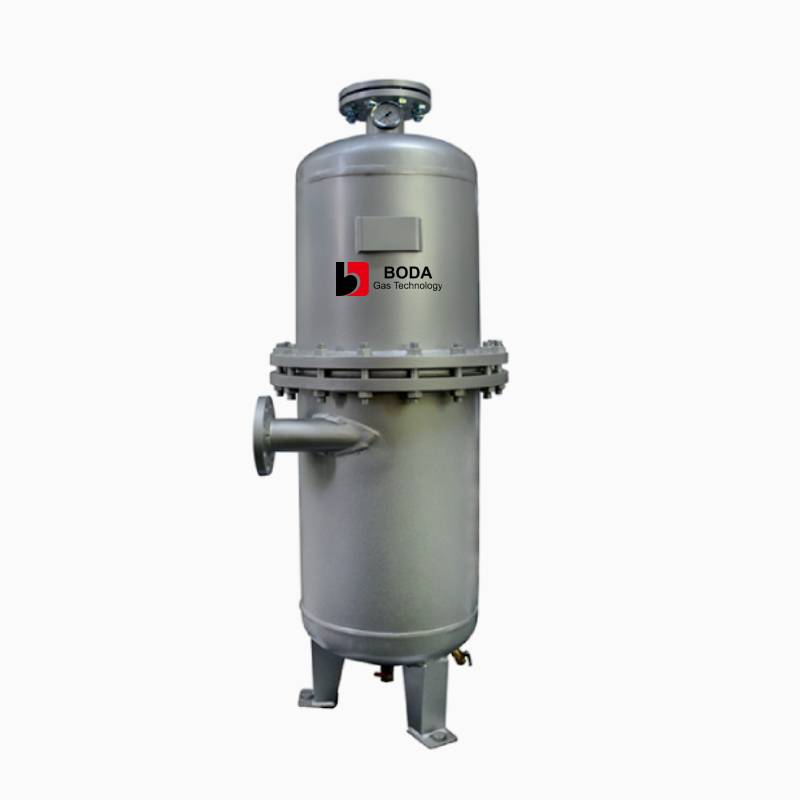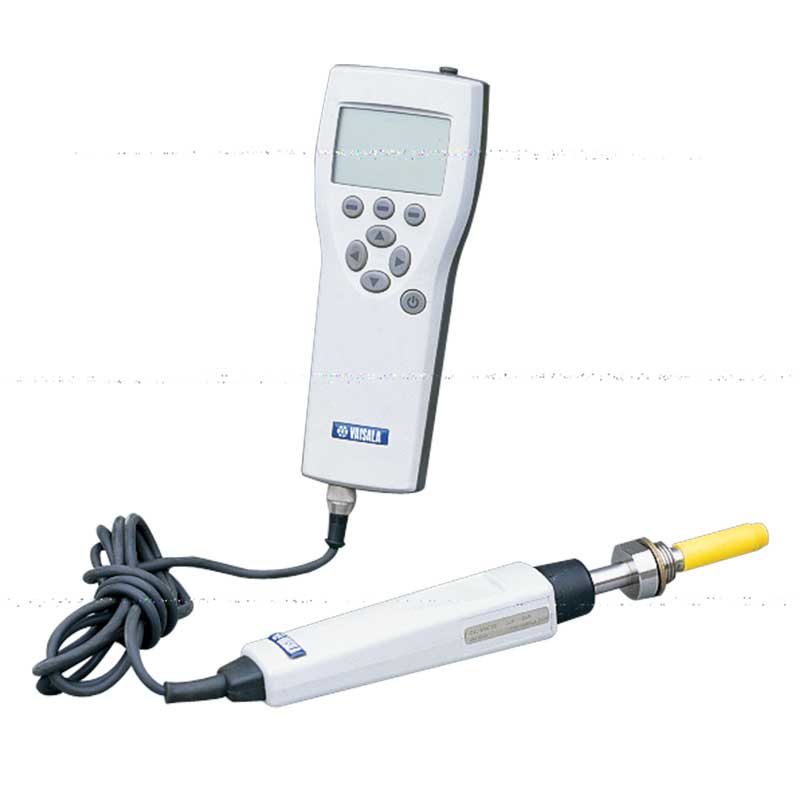Choosing a suitable compressed air dryer can be overwhelming, as numerous types have varying features. Selecting the most suitable one depends on your production dew point requirements and energy efficiency needs.
Compressed air dryers are special types of filter and dry systems specifically designed to remove the water inherent in compressed air.
When it comes to ensuring the quality of compressed air and preventing potential damage to machinery, equipment, and processes, it’s vital to understand the function and importance of air dryers. But with so many options available, how do you determine which dryer suits your unique needs? Let’s dive into the details of compressed air dryers, their different types, and how to select the most energy-efficient model for your operations.
| Item | FAD | ADL | ADH | FAG |
| Refrigeration dryer | Heatless desiccant dryer | Micro-heat desiccant dryer | Combination desiccant dryer | |
| ✔Refer Pics |  |
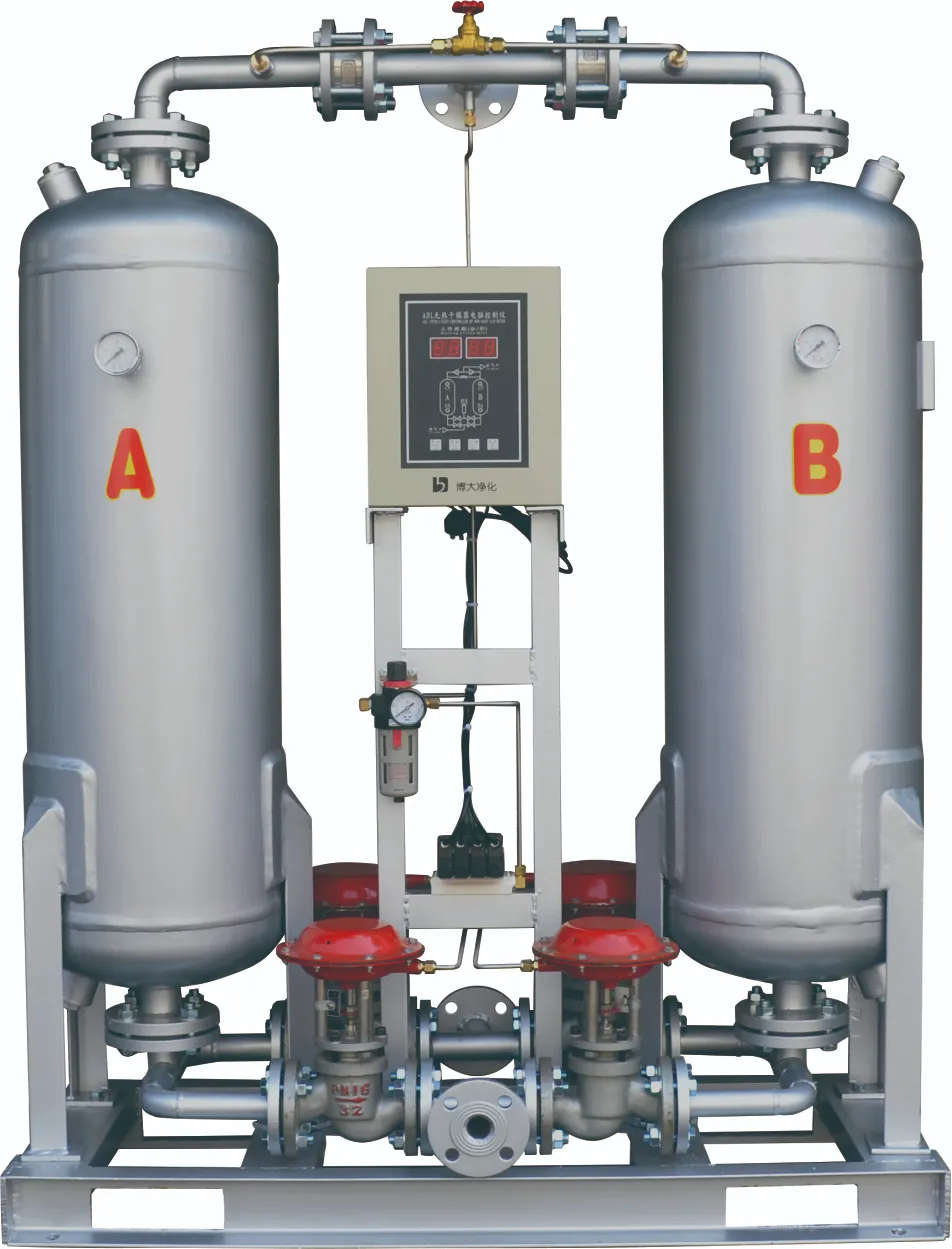 |
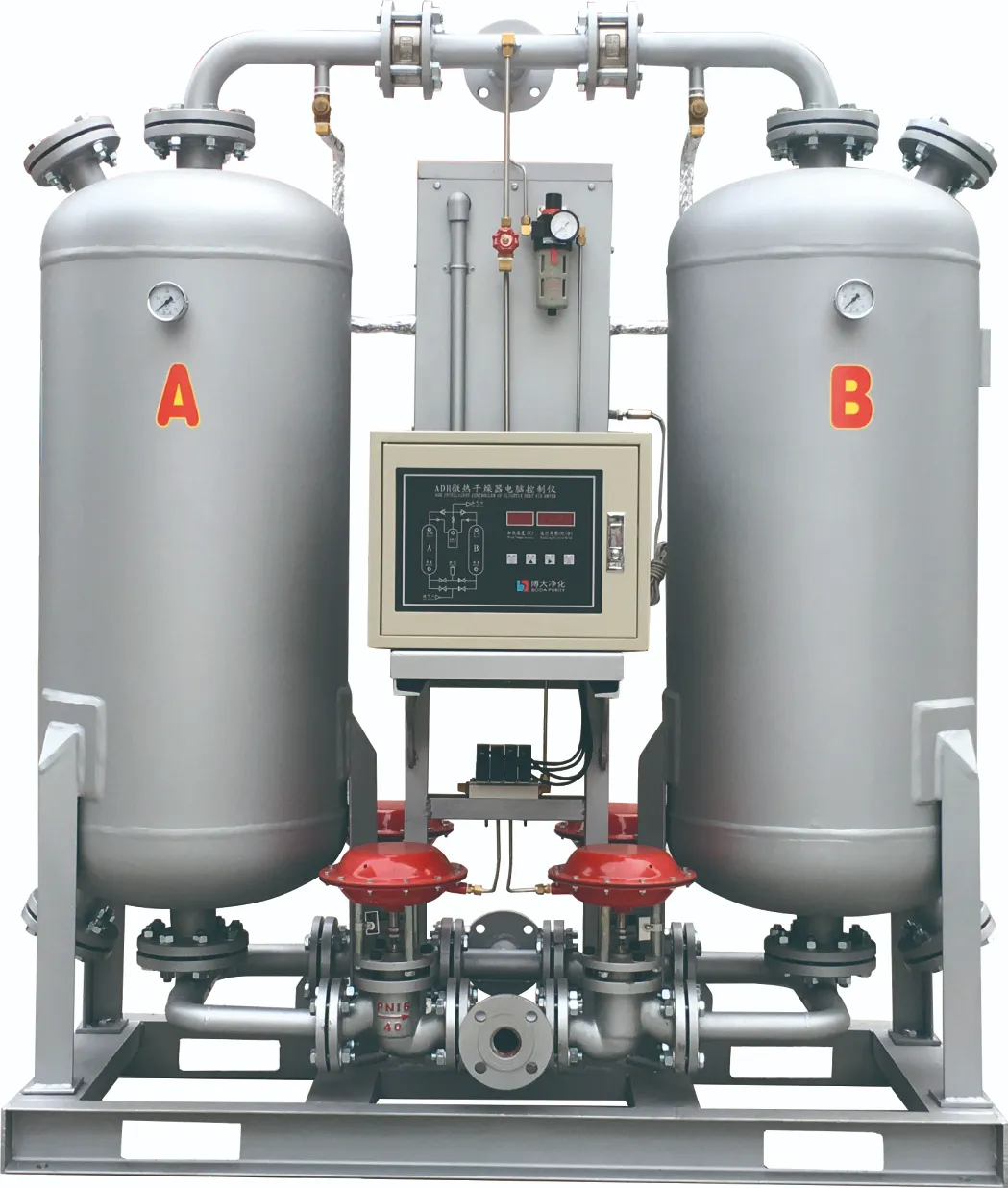 |
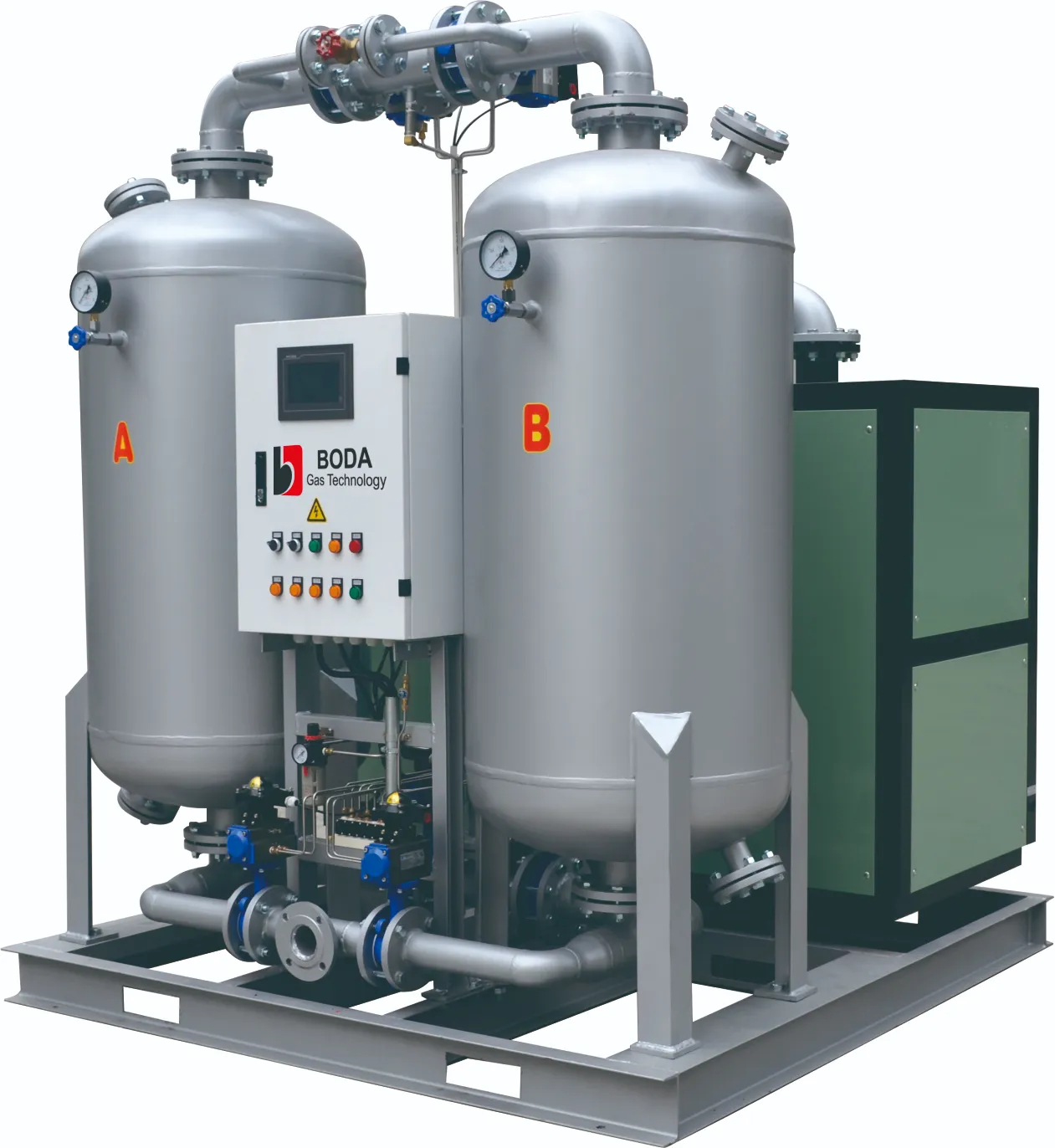 |
| ✔Dew point(Atmospheric pressure dew point) | -20℃ | -40℃ | -45℃ | -60℃ ~ -70℃ |
| ✔Regenerative gas consumption | No compressed air consumption | 6% | 12% | 3~6% |
| ✔Adsorb desiccant | / | Yes | Yes | Yes |
| ✔Cycle switching cycles | / | 10min | 180min | 10min/180min |
What does a compressed air dryer do?
A compressed air dryer serves a critical role in maintaining the quality of compressed air by removing moisture from the system. When air is compressed, it naturally carries moisture, which can cause rust, corrosion, and contamination in the airlines and downstream equipment. The dryer reduces this moisture to prevent damage to the system and maintain the efficiency of your processes.
There are two main functions of a compressed air dryer: cooling and dehumidifying. The dryer cools the air, condensing the water vapor, which is then separated from the air. Depending on the type of dryer, the moisture is either drained away or absorbed by a drying medium. This process ensures that the air leaving the compressor is dry and suitable for use in various applications, ranging from industrial machinery to delicate processes that require contaminant-free air.
How do I choose a compressed air dryer?
Choosing the right compressed air dryer depends on various factors, including the application, flow rate, required air dew point, working condition, and energy consumption. The primary goal is to select a dryer that efficiently removes moisture while minimizing energy usage and maintaining optimal performance.
First, consider the volume of air that needs to be dried. Larger operations with higher airflow rates require dryers with greater capacity. Additionally, you must evaluate the desired dew point. Some applications require very low dew points (e.g., -40°F or -70°F) to ensure dryness, while others may tolerate higher levels of moisture.
Energy consumption is another key consideration, as some dryers are designed for maximum energy efficiency. Features like variable-speed drives, advanced heat exchangers, and insulation can reduce energy usage, saving you money in the long run. Lastly, ensure that the dryer is compatible with your compressor and downstream equipment for seamless integration.
Refrigeration Dryer
Refrigeration dryers are one of the most commonly used types of air dryers. They work by cooling the compressed air to condense the moisture and then draining it away. These dryers are efficient, reliable, and cost-effective for many applications where the required dew point is above freezing.
Refrigeration dryers operate by using refrigerant to cool the compressed air to temperatures where water vapor turns into liquid. The moisture is then removed from the system. The air leaving the dryer is still relatively warm, but it is free from moisture, preventing damage and corrosion in your system. These dryers are often used in industrial, commercial, and manufacturing settings, where the dew point does not need to be extremely low.
One advantage of refrigeration dryers is their lower initial cost compared to desiccant dryers. They are also simpler to maintain, with fewer components. However, they may not be suitable for applications requiring very low dew points or for environments where the ambient temperature is high.
Heatless Desiccant Dryer
Heatless desiccant dryers are designed to remove moisture by using a desiccant material that adsorbs water from the compressed air. These dryers operate by cycling between two towers: one absorbs moisture while the other is regenerated, usually by purging with a small portion of dry air from the system.
The key advantage of heatless desiccant dryers is their ability to achieve very low dew points, often as low as -40°F or lower. This makes them ideal for applications that require ultra-dry air, such as in the pharmaceutical, food, or electronics industries.
However, heatless desiccant dryers can consume more energy than other types because they require a portion of dry compressed air for regeneration. This air is vented and wasted during the regeneration process, leading to higher operating costs. Despite this, heatless desiccant dryers are often used when extremely low moisture levels are necessary, and their reliability makes them a popular choice for many industrial applications.
Micro-heat Desiccant Dryer
Micro-heat desiccant dryers offer an energy-efficient alternative to traditional desiccant dryers. They use a small amount of heat to regenerate the desiccant material, reducing the overall energy consumption compared to heatless desiccant dryers.
These dryers are compact and ideal for operations where space and energy efficiency are top priorities. Micro-heat dryers typically use a heated purge air system that circulates heated air through the desiccant bed to regenerate the material, rather than venting compressed air as in the heatless design.
One of the primary benefits of micro-heat desiccant dryers is their lower energy consumption, which leads to reduced operating costs. They are suitable for applications that need a lower dew point and have moderate air flow rates. If your facility requires dry air without excessive energy waste, a micro-heat desiccant dryer is a great option.
Combination Desiccant Dryer
Combination desiccant dryers combine the benefits of both refrigeration and desiccant drying technologies to provide a highly efficient solution. These systems often include a refrigeration stage followed by a desiccant stage, offering the advantages of both methods.
In this configuration, the air is first cooled by the refrigeration dryer, removing the majority of moisture. The air then passes through a desiccant dryer to remove any remaining moisture, achieving a very low dew point. Combination dryers are ideal for applications that require a high-quality, ultra-dry air supply but do not want to deal with the inefficiency of using a full desiccant system alone.
These dryers offer the flexibility of refrigeration dryers for high-capacity applications, combined with the low dew point capability of desiccant dryers for moisture-sensitive industries. They tend to be more energy-efficient than standalone desiccant systems and are ideal for applications requiring precise air quality control.
What are the different types of compressed air dryers?
Compressed air dryers come in various types, each suited to different industrial needs. The most common types include:
- Refrigeration Dryers: Use cooling to condense moisture from compressed air.
- Desiccant Dryers: Use a drying material to absorb moisture from the air.
- Combination Dryers: Combine refrigeration and desiccant technology for more efficient moisture removal.
Each type offers distinct advantages and is suited to different environments and requirements. Refrigeration dryers are cost-effective and low-maintenance but may not achieve very low dew points. Desiccant dryers can achieve lower dew points but require more energy and maintenance. Combination dryers offer the best of both worlds, providing a balance of energy efficiency and low moisture levels.
What is the most efficient type of air dryer?
The most efficient type of air dryer depends on your specific needs. For many applications, a refrigeration dryer is an excellent choice due to its relatively low operating costs and simplicity. However, when ultra-dry air is required, a desiccant dryer, particularly a micro-heat desiccant dryer, can offer higher efficiency than traditional heatless systems.
Combination dryers are also increasingly popular for their energy efficiency, combining refrigeration and desiccant drying methods to reduce energy consumption while achieving low dew points. In general, selecting the most efficient dryer requires balancing the upfront investment, operational costs, and the desired air quality for your particular application.
When in doubt, consult with a specialist to assess the needs of your compressed air system and select the most appropriate, energy-efficient air dryer for your operations.
In conclusion, understanding the various types of compressed air dryers, their functions, and how to choose the best one can save your business money and increase operational efficiency.
| Atmospheric Dew Point – Moisture Content Relationship Table | |||||||||
| Dew Point(℃) | Moisture content(g/m3) | Dew Point(℃) | Moisture content(g/m3) | Dew Point(℃) | Moisture content(g/m3) | Dew Point(℃) | Moisture content(g/m3) | Dew Point(℃) | Moisture content(g/m3) |
| 64 | 153.8 | 39 | 48.67 | 14 | 12.07 | -11 | 2.19 | -36 | 0.260 |
| 63 | 147.3 | 38 | 46.26 | 13 | 11.35 | -12 | 2.03 | -37 | 0.236 |
| 62 | 141.2 | 37 | 43.96 | 12 | 10.66 | -13 | 1.88 | -38 | 0.214 |
| 61 | 135.3 | 36 | 41.75 | 11 | 10.01 | -14 | 1.74 | -39 | 0.194 |
| 60 | 130.3 | 35 | 39.63 | 10 | 9.309 | -15 | 1.61 | -40 | 0.176 |
| 59 | 124.7 | 34 | 37.61 | 9 | 8.819 | -16 | 1.48 | -41 | 0.159 |
| 58 | 119.4 | 33 | 35.68 | 8 | 8.270 | -17 | 1.37 | -42 | 0.144 |
| 57 | 114.2 | 32 | 33.83 | 7 | 7.750 | -18 | 1.26 | -43 | 0.130 |
| 56 | 109.2 | 31 | 32.07 | 6 | 7.260 | -19 | 1.17 | -44 | 0.117 |
| 55 | 104.4 | 30 | 30.38 | 5 | 6.797 | -20 | 1.07 | -45 | 0.106 |
| 54 | 99.83 | 29 | 28.78 | 4 | 6.306 | -21 | 0.99 | -46 | 0.095 |
| 53 | 95.39 | 28 | 27.24 | 3 | 5.947 | -22 | 0.91 | -47 | 0.085 |
| 52 | 91.12 | 27 | 25.78 | 2 | 5.559 | -23 | 0.84 | -48 | 0.077 |
| 51 | 87.01 | 26 | 24.38 | 1 | 5.192 | -24 | 0.77 | -49 | 0.069 |
| 50 | 83.06 | 25 | 23.05 | 0 | 4.8 | -25 | 0.70 | -50 | 0.062 |
| 49 | 79.26 | 24 | 21.78 | -1 | 4.5 | -26 | 0.65 | -51.1 | 0.054 |
| 48 | 75.61 | 23 | 20.58 | -2 | 4.2 | -27 | 0.59 | -53.9 | 0.040 |
| 47 | 72.30 | 22 | 19.43 | -3 | 3.9 | -28 | 0.54 | -56.7 | 0.029 |
| 46 | 68.73 | 21 | 18.34 | -4 | 3.7 | -29 | 0.50 | -59.4 | 0.021 |
| 45 | 65.50 | 20 | 17.30 | -5 | 3.4 | -30 | 0.45 | -62.2 | 0.014 |
| 44 | 62.39 | 19 | 16.31 | -6 | 3.2 | -31 | 0.41 | -65.0 | 0.011 |
| 43 | 59.41 | 18 | 15.37 | -7 | 2.9 | -32 | 0.385 | -67.8 | 0.008 |
| 42 | 56.56 | 17 | 14.48 | -8 | 2.7 | -33 | 0.34 | -70.6 | 0.005 |
| 41 | 53.82 | 16 | 13.63 | -9 | 2.5 | -34 | 0.31 | -73.3 | 0.003 |
| 40 | 51.19 | 15 | 12.83 | -10 | 2.4 | -35 | 0.29 | ||

